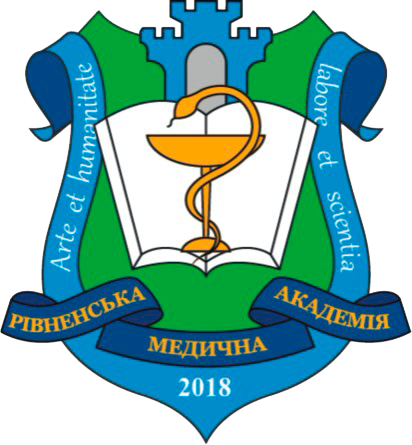PECULIARITIES OF THE EFFECT OF NORDIC WALKING ON THE RECOVERY OF PATIENTS AFTER COVID‑19
DOI:
https://doi.org/10.32782/health-2024.1.21Keywords:
recovery, cardiorespiratory system, patient, Nordic walking, COVID-19Abstract
The purpose of the article is to study the effectiveness of Nordic walking for the recovery of the patient's body after COVID-19. Research methods: 71 people took part in the study on the recovery of the body after COVID-19, group 1 – received standard health techniques and Nordic walking 3 times a week and – at home for 12 months. Age range: men (33–65 years old) – 27.2% (23 people), women (33-60 years old) – 72.8% (48 people). Group 2 received standard health technologies without Nordic walking. The effectiveness was assessed using morphofunctional indicators, load tests, medical and pedagogical control and statistical processing of the data obtained. According to the results of the study, it was found that with regular training, the body goes through stages of adaptation that provide more economical work and high stability of physiological systems. It is very important to optimize the motor activity of patients after COVID-19 due to adverse processes in the cardiorespiratory system, to promote the development of a full adaptive response of the body's systems to prevent complications and restore function. It was found that there are reserves for the formation of adaptive capabilities with the potential for independent action, which leads to the expansion of traditional physical functions. It is proved that Nordic walking has proven to be a simple and easily accessible form of exercise that is gaining popularity in Ukraine and can compete with traditional types of physical activity. With many positive effects on the human body and a minimum number of contraindications, it is the best tool for comprehensive recovery after an illness. Providing moderate physical activity in the fresh air, Nordic walking helps to activate the cardiovascular system, restore muscles after prolonged bed rest, has a positive effect on the psychological state of a person, initiates a positive reorientation of nervous processes, improves the activity of analyzers, normalizes emotional state and sleep. So, after the study, we came to the conclusion that the load when walking with poles is even, without sudden movements, and during training, the release of stress hormones, which lead to nervous system excitement, is suspended. Regular training helps to improve the sense of balance and coordination, strengthen the vestibular system. It is recommended to many patients not only for health improvement, but also as a rehabilitation method for heart and respiratory recovery, especially after COVID-19.
References
Івасик Н. Теоретико-методичні основи фізичної реабілітації/терапії дітей шкільного віку з бронхолегеневими патологіями. Львів : ЛДУФК, 2018. 393 с.
Микиша Д.О. Скандинавська ходьба як засіб рухової активності для студентів спеціальних медичних груп. Матеріали науково-теоретичної конференції викладачів, аспірантів, співробітників та студентів кафедри фізичного виховання і спорту : тези доповідей. Суми : СумДУ, 2013. С. 75–78.
Мулик К.В., Лю Цзе. Особливості скандинавської ходьби. Основи побудови тренувального процесу в циклічних видах спорту : збірник наукових праць. Харків : ХДАФК, 2018. Вип. 2. С. 163–168.
Ahmed M.Z., Ahmed O., Aibao Z., Hanbin S., Siyu L., Ahmad A. Epidemic of COVID-19 in China and associated Psychological Problems. Asian J Psychiatr. 2020 Apr 14; 51:102.
Brown M., Gordon W.A. Quality of life as a construct in health and disability research. Mount Sinai J. Med. 1999. Vol. 66. № 3. P. 160–169.
Kocur P., Deskur-Smielecka E., Wilk M., Dylewicz P. Effects of Nordic Walking training on exercise capacity and fitness in men participating in early, short-term inpatient cardiac rehabilitation after an acute coronary syndrome- a controlled trial. Clinical Rehabilitation 23, 2009. 995–1004.
Laviano A., Koverech A., Zanetti M. Nutrition support in the time of SARS-CoV-2 (COVID-19). Nutrition. 2020; 74:110834.
Li X.Y., Du B., Wang Y.S., Kang HY.J., Wang F., Sun B., Qiu H.B., Tong Z.H. The key points in treatment of the critical coronavirus disease 2019 patient. Chinese Journal of Tuberculosis and Respiratory Diseases, 2020, 43.
Schiffer T., Knicker A., Hoffman U., Harwig B., Hollmann W., Struder H.K. Physiological responses to Nordic walking, walking and jogging. European Journal of Applied Physiology, 2006. 98. 56–61.





